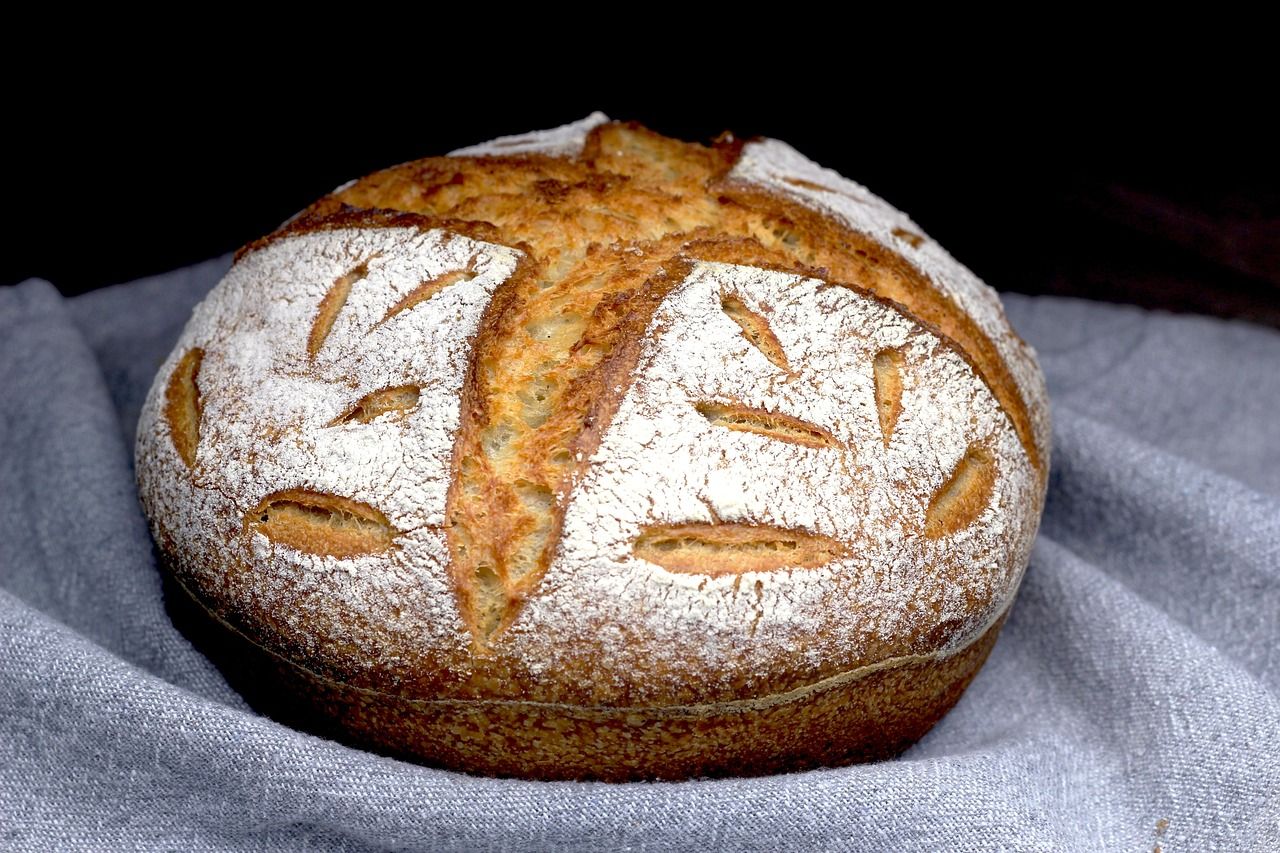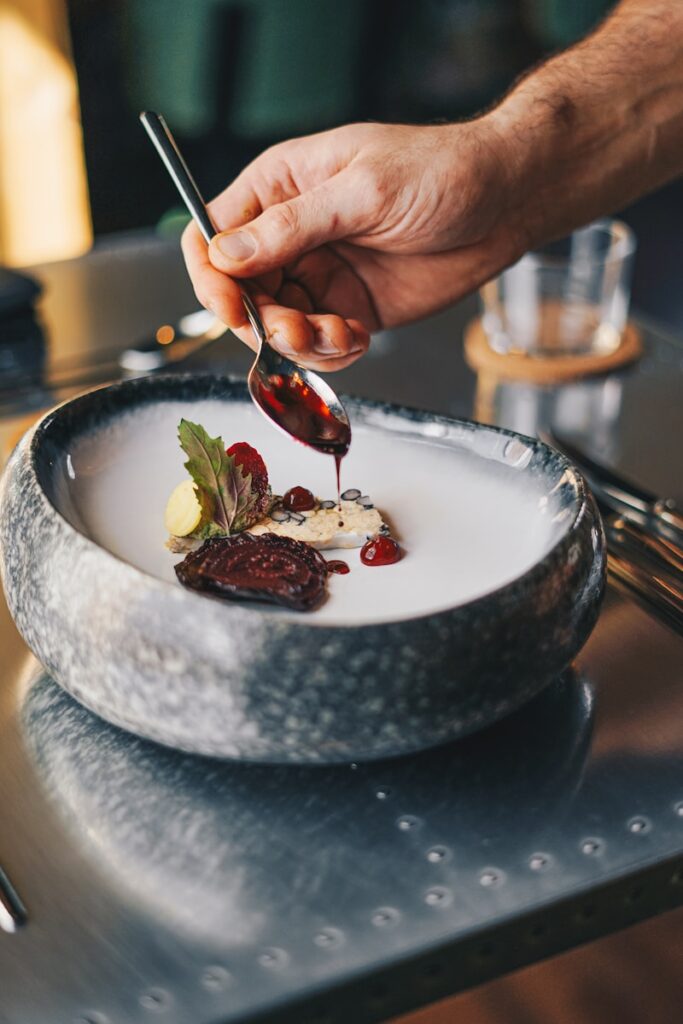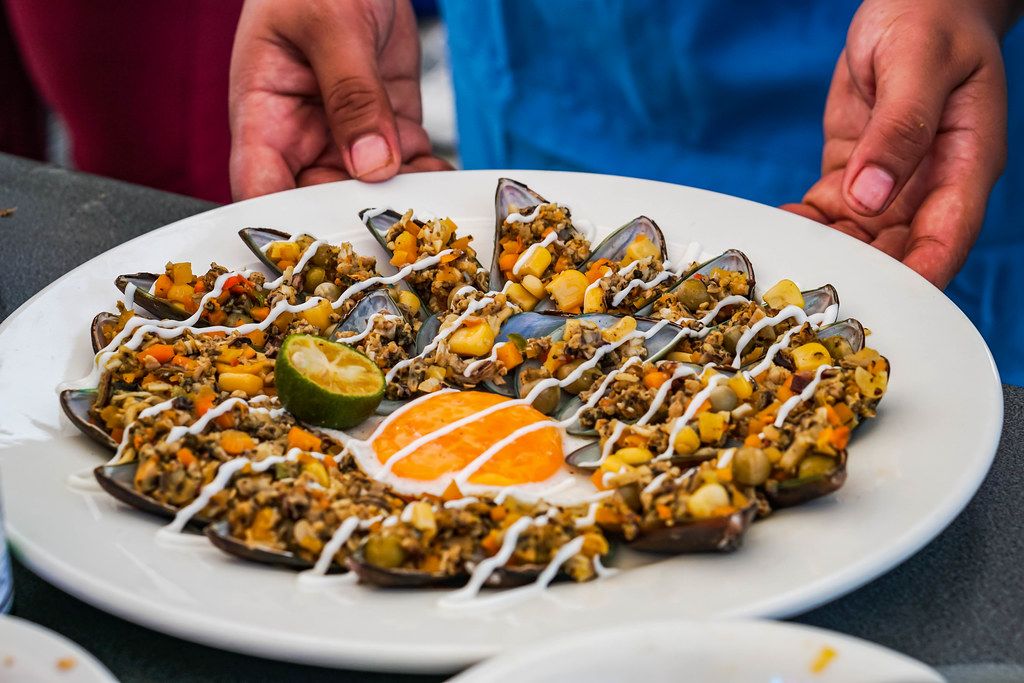
Ever sat down to a dish so unbelievably delicious that you just *had* to know what was in it? You might have even tried to coax the ingredients out of your server, only to be met with a knowing wink and a declaration that it’s all part of the chef’s secret recipe. It’s a classic scenario, and often, they’re not kidding around! In the high-stakes world of fine dining and even casual eateries, a signature dish isn’t just food; it’s a brand, a legacy, and sometimes, a closely guarded secret worth millions.
But here’s where things get deliciously complicated: Who actually owns that culinary masterpiece? Is it the genius chef who dreamt it up late one night, or the restaurant that invested in its development, put it on the menu, and served it to adoring crowds? For a long time, these conversations about intellectual property in the kitchen were, at best, informal. Most diners didn’t really care, and cooks often moved on, leaving their culinary children behind without a second thought.
However, in our hyper-connected, Instagram-obsessed world, where a single viral dish can launch a career or define an establishment, the game is changing faster than you can say “mise en place.” With the rise of food media, reality cooking shows, and the sheer speed at which ideas spread globally, chefs and restaurants are getting savvier, and sometimes, a little more legally minded. So, if you’ve ever wondered how these culinary titans keep their coveted creations from falling into the wrong hands (or kitchens!), prepare to have your mind blown. We’re about to dish out the 7 most ingenious ways celebrity chefs and savvy restaurants protect their culinary gold.
1. **Designating Recipes as “Trade Secrets”**One of the most powerful and enduring methods for protecting a recipe isn’t about fancy legal jargon or intricate contracts, but rather a commitment to pure secrecy: classifying a recipe as a “trade secret.” While a mere list of ingredients can’t be copyrighted by the U.S. government, considering it a trade secret provides a robust layer of protection, particularly for powerhouses in the food industry. Think about it—iconic brands like Coca-Cola, Kentucky Fried Chicken, and Krispy Kreme have managed to keep their signature recipes under wraps for decades, despite having legions of employees.
To genuinely qualify as a trade secret, a recipe isn’t just a secret because someone says it is. There are concrete steps a restaurant or company must take, as highlighted by Tucker Law. First and foremost, the recipe must actually be kept as secret as humanly possible, known only by the most essential people. This isn’t a suggestion; it’s a foundational requirement that demands meticulous control over who has access to the information, often involving a select few individuals at the highest levels of the organization.
Secondly, those privileged few who do have access to the recipe must be explicitly aware that it is a secret, and that they are under an obligation to keep it that way. This often involves clear communication, signed acknowledgments, and a culture of confidentiality that permeates the entire operation. It’s not enough to just hope people keep quiet; they need to understand the gravity of the secret and their responsibility in maintaining its integrity.
Finally, the owners must understand and document the dollar value of that recipe. This isn’t just about sentimental value; it includes how much profit that dish brings in, its projected future earnings, and the future rights associated with it. This financial assessment underpins the legal framework, making it clear what economic harm would be incurred if the secret were to be revealed. When these steps are diligently followed, trade secrets are protected by various state legislations and federally by the Economic Espionage Act of 1996.
However, even with impressive steel vaults and palm scanners, this method isn’t entirely foolproof. McDonald’s, for example, inadvertently spilled the beans about its Big Mac Sauce ingredients. They shared a video on social media showing the sauce being made, which, in one swift move, resulted in the loss of its trade-secret status. It just goes to show that in the age of instant content, even the most established brands need to be incredibly careful about what they broadcast.
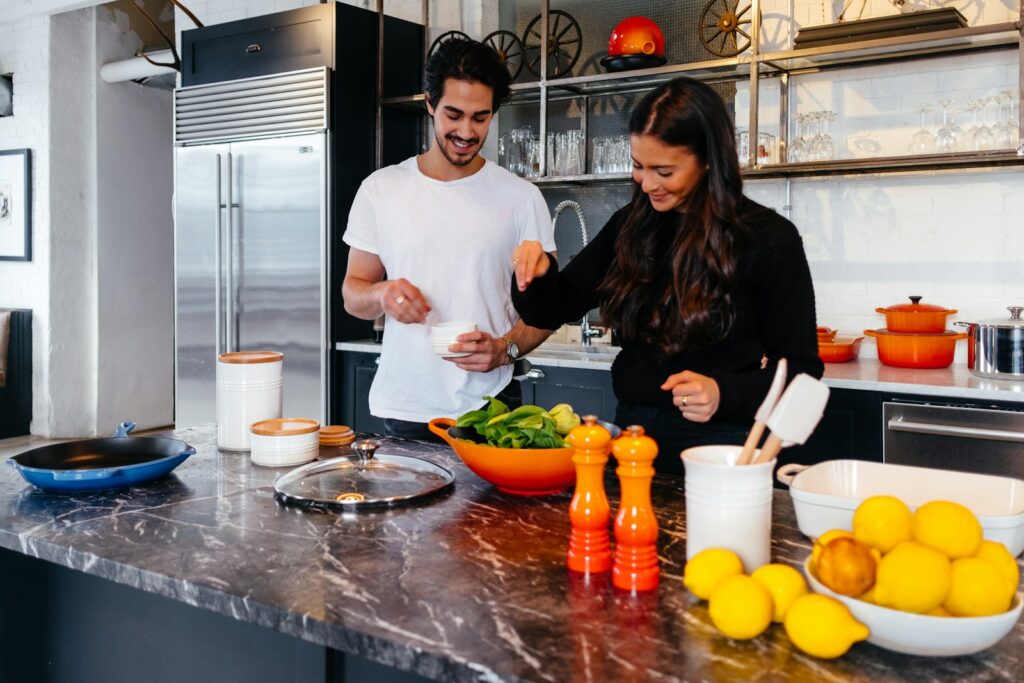
2. **Implementing Confidentiality Agreements (NDAs)**Beyond the informal handshake of a trade secret, many forward-thinking restaurants are turning to formal legal documents to protect their culinary intellectual property: confidentiality agreements, more commonly known as Non-Disclosure Agreements (NDAs). While you might not immediately associate a bustling kitchen with corporate-level legal paperwork, it’s becoming an increasingly common practice, especially for larger establishments or those with highly prized menu items. These agreements are a cornerstone in safeguarding everything from recipes to unique operational procedures.
Chefs, and sometimes even key cooks, are asked to sign these legally binding documents, which explicitly outline what information is considered proprietary and must not be shared. According to The Food Law Firm, a standard restaurant NDA can cover a broad spectrum of prohibited information, including specific recipes, trade secrets, supplier lists, and even marketing strategies. This comprehensive approach ensures that sensitive business intelligence remains within the company, offering a clear legal recourse if a breach occurs.
One of the crucial aspects of confidentiality agreements is their extended reach. These aren’t just relevant for the duration of a chef’s employment. The terms of an NDA typically stretch beyond an employee’s tenure, often lasting from one to five years after they’ve left the restaurant. This means a chef who invents a groundbreaking dish at one restaurant cannot simply move across town and immediately recreate that exact menu item for a new employer, even if they were its original creator. This provision is designed to protect the restaurant’s investment and uniqueness in the market.
Breaking a confidentiality agreement carries significant consequences. It can lead to immediate termination of employment, which is a major professional setback. More severely, if an employer can demonstrate that they suffered a financial hit due to the secret recipes or information being given away, they can pursue a civil lawsuit against the former employee. The threat of legal action serves as a powerful deterrent, encouraging adherence to the agreement’s terms and ensuring that culinary secrets remain just that.
The growing prevalence of NDAs reflects the professionalization of the restaurant industry. With employee handbooks increasingly detailing intellectual property policies, cooks are encountering language about recipe ownership they are required to share, often without fully understanding the ramifications. Cynthia Wong, for instance, hired an attorney before leaving Butcher & Bee, with her lawyer and the restaurant’s discussing nondisclosure agreements and lists of recipes she would leave or take, underscoring the serious nature of these legal safeguards in modern culinary careers.
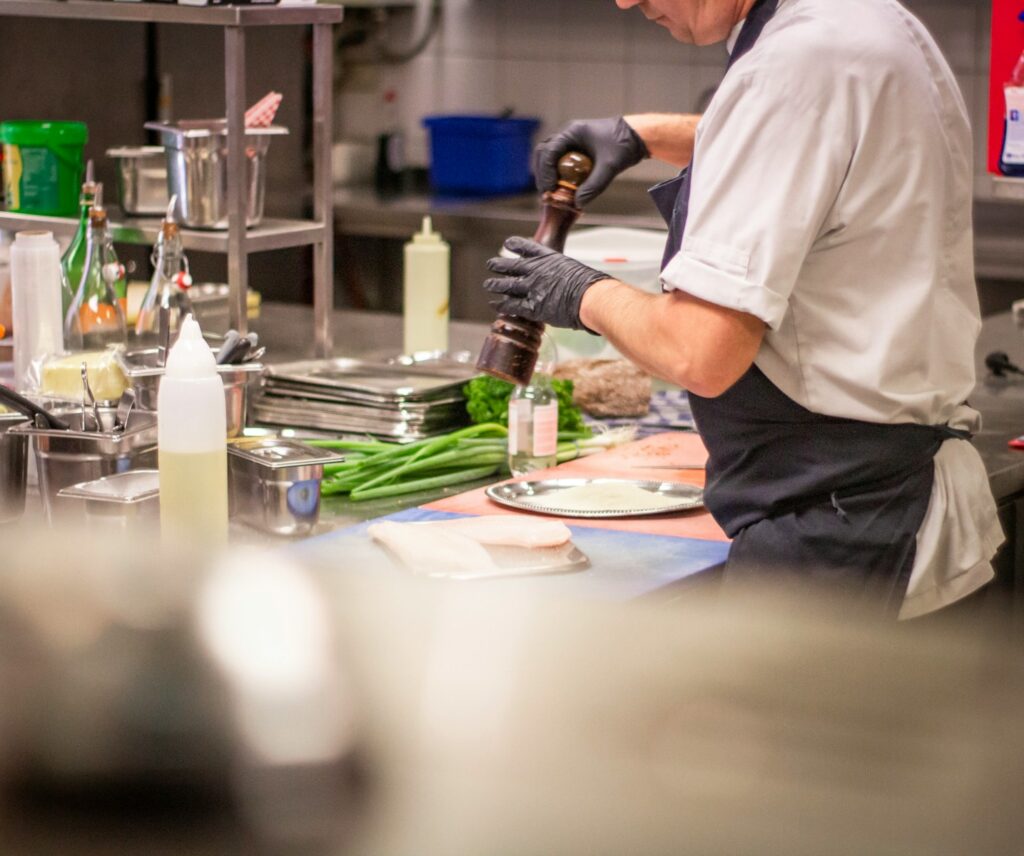
3. **Utilizing Non-Compete Clauses**In addition to confidentiality agreements, another legal tool gaining traction in the cutthroat culinary world is the non-compete or non-solicitation agreement. These clauses are designed to protect a restaurant’s interests by preventing chefs from being hired away by a direct competitor, especially if their departure hinges on their specialized knowledge of a particular style of food or their unique ability to attract a specific clientele. It’s a contentious but strategically employed tactic in a talent-driven industry.
A typical non-compete agreement defines a geographical distance from the former employer within which the chef is not permitted to work, which can sometimes encompass an entire city or even a larger region. This geographical restriction is paired with a time limit, dictating how long a chef is forbidden from working in that specified area. The intent is clear: to prevent a chef from immediately leveraging their skills, knowledge, and reputation to directly compete against their previous employer, thereby protecting the original restaurant’s business interests and customer base.
While these agreements make sound business sense from the perspective of a restaurant owner, they can be incredibly damaging for chefs. A stark example is chef Adam Leonti, who, after leaving a restaurant, faced a strict non-compete agreement that forbade him from cooking anywhere in New York City for an entire year. This significantly impacted his career trajectory, highlighting the professional hurdles these clauses can create for culinary professionals seeking new opportunities or looking to open their own establishments.
Restaurant owners and legal experts argue that these agreements are necessary when a chef is a significant draw. As Roy Salins, a partner at Davis Wright Tremaine, articulates, “When the only reason people are coming to your restaurant is the chef, losing the chef becomes irreparable harm.” If that chef then opens a similar establishment nearby, it could drastically affect the original business. In such cases, judges are often inclined to enforce non-compete clauses, recognizing the substantial financial and reputational harm a restaurant could face.
This legal maneuver underscores the evolving power dynamics within the culinary industry. While some chefs willingly sign these agreements in exchange for lucrative contracts or unique opportunities, the increasing use of non-competes signals a growing assertiveness from restaurants in protecting their investments. It forces chefs to carefully consider their career moves and the potential limitations that may come with certain employment opportunities, making the decision to join a restaurant about more than just the menu or the paycheck.
Read more about: Navigating Your Exit: Essential Insights Before Accepting a Severance Package
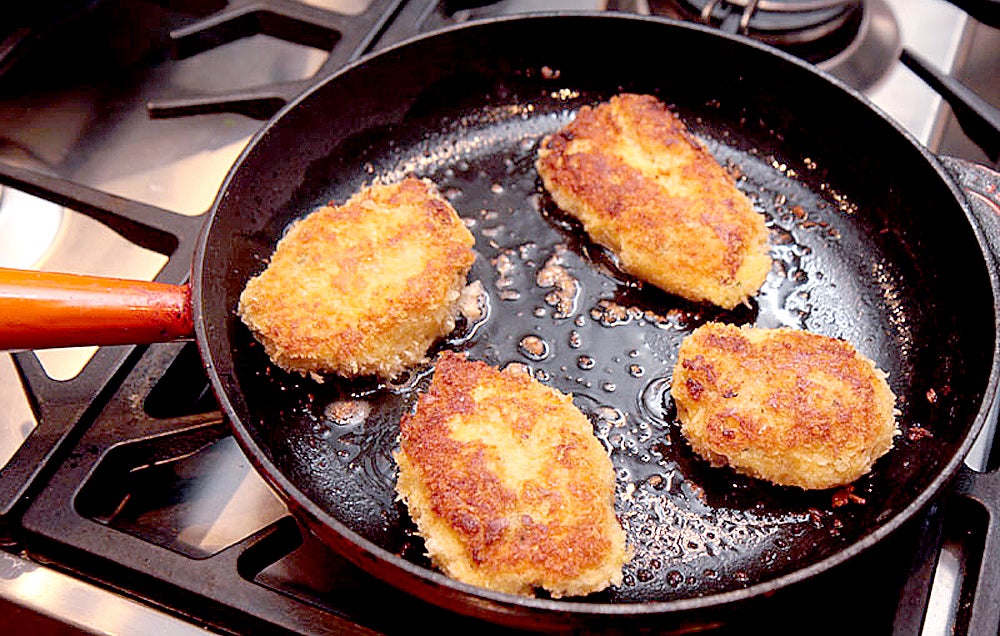
4. **Patenting Unique Culinary Techniques**While recipes themselves are notoriously difficult to copyright, there’s another avenue for legal protection that stands out for truly innovative culinary minds: patenting a new or rare cooking technique. This isn’t for your average pasta sauce; it’s reserved for methods that are technically and scientifically distinct and represent a genuine advancement in the art or science of cooking. It’s a less common but highly effective way to secure ownership over a groundbreaking culinary process.
A prime example of this intellectual property strategy is the meat dry-aging process invented by Chef David Burke in 2009. His patent wasn’t just a vague claim; it included a detailed scientific explanation of how steaks are dry-aged within a specially designed room featuring salt bricks. This intricate method produced a meat product that had not been available on the market before, making it a truly unique and patentable innovation. It speaks to a deep understanding of food science combined with culinary artistry.
However, filing a patent comes with its own set of catches, as detailed by Modern Restaurant Management. First, unlike a perpetual trade secret, a patent only grants protection for a specific period. Chef David Burke’s dry-aging patent, for instance, is set to expire in 2030. Once that date passes, the technique will likely become publicly available for anyone to use for profit, underscoring the temporary nature of this form of protection. This means businesses need to strategize how to maximize the exclusivity during the patent’s lifespan.
The second, and arguably biggest, hurdle with filing a patent is that the chef or restaurant must publicly publish all of the intricate details of the recipe or technique for the world to see. This is the fundamental trade-off: in exchange for legal protection against others using your invention for a limited time, you must fully disclose how it works. For a business aiming for long-term secrecy, like Coca-Cola or Krispy Kreme, where the goal is to keep a recipe secret for centuries, this public disclosure requirement makes a patent a less desirable option compared to the enduring secrecy of a trade secret.
Therefore, while patenting offers strong legal protection for novel techniques, it demands a strategic assessment of whether the benefits of temporary exclusivity outweigh the long-term desire for absolute secrecy. It’s a path chosen by those whose innovation lies more in the *how* than in the *what*, and who are willing to eventually share their genius with the world after a period of exclusive advantage.
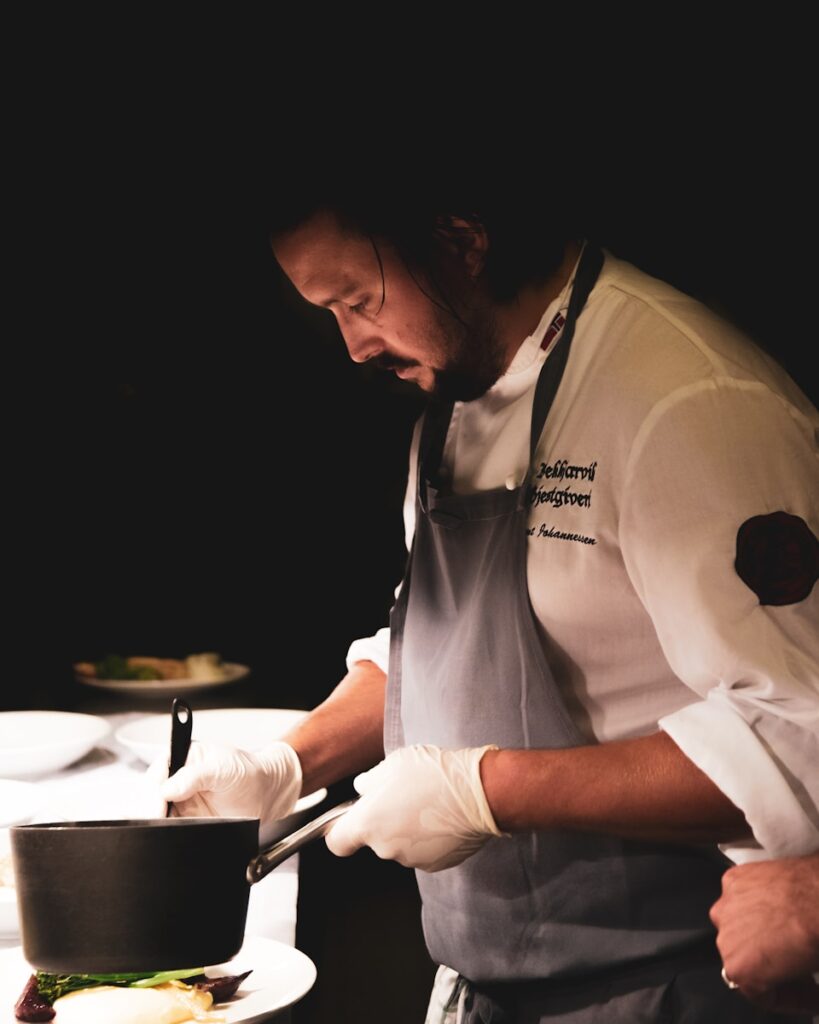
5. **Restricting Recipe Access**Sometimes, the most effective ways to protect a secret recipe don’t involve complex legal documents or high-tech security systems, but rather the sheer simplicity of limiting who knows the details. Keeping a recipe a secret can be as straightforward as only teaching it to the absolute minimum number of people who genuinely need to know it. This low-tech, high-impact strategy is often employed successfully in kitchens of all sizes, from small, exclusive eateries to global fast-food giants.
In most professional kitchens, this select group typically consists of the head chef and perhaps a very small, trusted circle of other chefs or sous chefs. There’s simply no need for a dishwasher, a server, or even most line cooks to know the precise measurements or obscure steps of a highly confidential dish. The logic is crystal clear: the fewer individuals privy to the intricate details of a recipe, the significantly easier it is to maintain its secrecy. This reduction in exposure minimizes the risk of accidental leaks or intentional breaches.
A legendary example of this strict access control comes from KFC. In 2018, the Los Angeles Times reported that Bob Das, the head chef of KFC, didn’t even know the complete formula for the 11 herbs and spices that make up their much-vaunted and incredibly secret recipe. This extreme level of compartmentalization demonstrates a deep commitment to protecting intellectual property, proving that even within a massive organization, crucial information can be highly insulated from those who don’t absolutely require it.
While some incredibly observant chefs might be able to memorize a recipe by sheer repetition, in most cases, key recipes still need to be written down for consistency and reference. In such scenarios, the physical copies of these treasured recipes can be stored in highly secure, locked locations – think secure safes or restricted-access offices. For recipes that exist digitally, the same principles of protection apply: they can be safeguarded with robust passwords, multi-layer authentication, and strong encryption, treating them with the same security protocols as any other sensitive company data.
Ultimately, limiting access is about building a culture of trust and discretion, reinforced by practical measures. It relies on the understanding that the integrity of a signature dish, and by extension the reputation and success of the restaurant, hinges on this collective responsibility. It’s a testament to the idea that sometimes, the simplest solutions are the most effective in the complex world of culinary secrets.
Read more about: Unlock Your Peak Performance: 13 Common Diet Mistakes Professional Athletes Confidently Conquer
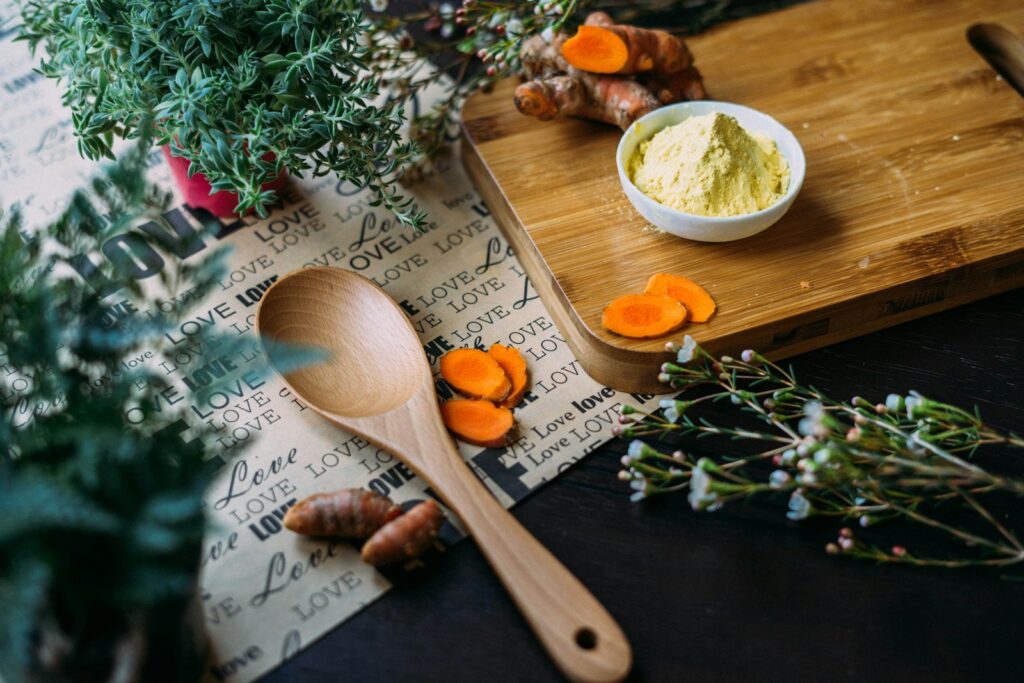
6. **Using Ingredients That No One Else Can Get**One of the most ingenious ways a restaurant or food producer can truly safeguard their most prized recipes goes beyond legal contracts and secrecy protocols: it’s about making the recipe practically impossible to replicate by sourcing ingredients that no one else can legally or easily obtain. This method creates an inherent barrier to entry, ensuring that even if the exact proportions of a recipe were revealed, the authentic taste and quality simply couldn’t be matched by competitors.
The undisputed champion of this strategy is the Coca-Cola company. They are famously the only legal importer of the coca plant into the United States. But it gets even more locked down than that: ABC News reported that “there’s only one factory in the country that processes the leaves exclusively for the company.” This means that even if another beverage company somehow got their hands on the original Coca-Cola recipe (a highly unlikely feat in itself!), it would still be utterly impossible for them to create the identical product without tangling with the Drug Enforcement Administration. It’s a masterclass in supply chain exclusivity as a form of intellectual property protection.
On a smaller, but equally effective, scale, individual restaurants and chefs employ similar tactics, albeit without the federal restrictions. While many restaurants often order goods from the same broadline food purveyors across town, savvy chefs looking to make a specific dish truly unique will opt to buy particular, often obscure, ingredients from smaller, specialized producers and local farmers. This not only elevates the quality and distinctiveness of their dishes but also limits the pool of people with access to those exact components, making reverse-engineering much harder.
For chefs aiming for truly unparalleled recipes that offer a dining experience found nowhere else, sourcing ingredients from other countries is another powerful strategy. By importing rare spices, unique produce, or specific regional components, they can create flavors and textures that are simply unattainable using domestically available ingredients. This global sourcing adds a layer of complexity for any would-be imitator, as they would have to navigate international supply chains and often specialized import regulations, further cementing the originality and exclusivity of the restaurant’s offerings.
This method demonstrates that protecting a recipe isn’t solely about the instructions, but also fundamentally about the building blocks. By controlling access to critical ingredients, chefs and food companies erect a formidable, often insurmountable, barrier to replication, ensuring their culinary masterpieces remain distinct and unrivaled in the marketplace.
Read more about: Debunking 14 Everyday Myths: A Vox Explainer on the Misconceptions That Shape Our Reality
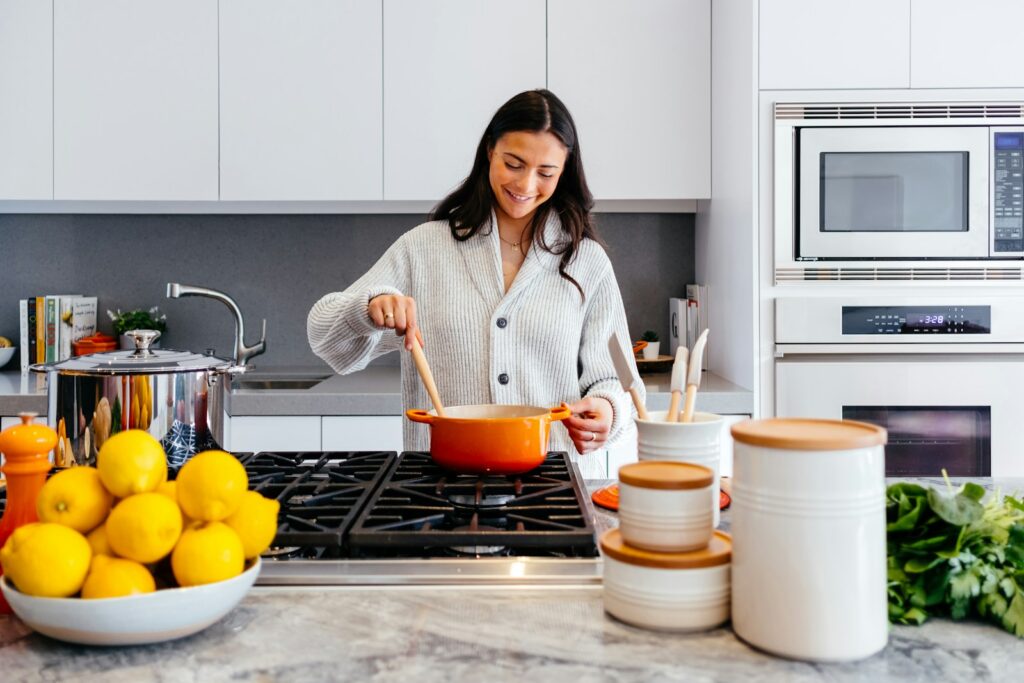
7. **Developing Hard-to-Replicate Techniques**Beyond the specific list of ingredients, a recipe’s true magic often lies in the “how”—the unique cooking techniques that transform simple components into something extraordinary. For many chefs and restaurants, protecting their culinary identity isn’t about guarding a secret ingredient or a written formula, but rather cultivating and perfecting a technique that is inherently difficult for others to duplicate, even if the method itself is publicly known. This makes the skill and specific operational environment of the kitchen the ultimate secret weapon.
A fantastic illustration of this approach comes from Buvette, a charming French restaurant in New York City. They are renowned for their scrambled eggs, which are prepared in a peculiar and distinct way. Instead of the conventional method of cooking them in a pan, Buvette’s chefs steam the eggs using the milk frothing wand of an espresso machine. This produces perfectly whipped, incredibly light, and delicately poached scrambled eggs—a texture and consistency that is remarkably different from traditional preparations.
The beauty of this strategy is that the method itself isn’t an industry secret. In fact, it has been published and is available for anyone to read and attempt to replicate. However, Buvette remains famous for these eggs because few other restaurants can pull off this precise method as gracefully or efficiently, especially during a busy breakfast service. Most kitchens aren’t built or equipped to dedicate an espresso machine to egg production, nor do their staff possess the specific touch required to execute it consistently and flawlessly under pressure.
The difficulty in replication extends beyond just the specialized equipment. It often encompasses the chef’s precise timing, their specific culinary intuition, the calibration of their tools, and the overall rhythm of their kitchen. It’s the amalgamation of these elements that transforms a seemingly simple technique into a signature offering. Even if a competitor knows *what* to do, the *way* Buvette does it creates an inimitable product that becomes synonymous with their brand, securing their unique culinary niche.
Therefore, this method emphasizes that a truly great meal is more than just ingredients; it’s an art form brought together by the chef’s skill and the specific environment in which it’s created. By developing and mastering techniques that are challenging to mimic, restaurants protect their distinctiveness not through legal injunctions, but through sheer culinary prowess and operational excellence, ensuring their dishes remain special and exclusive to their establishment.


